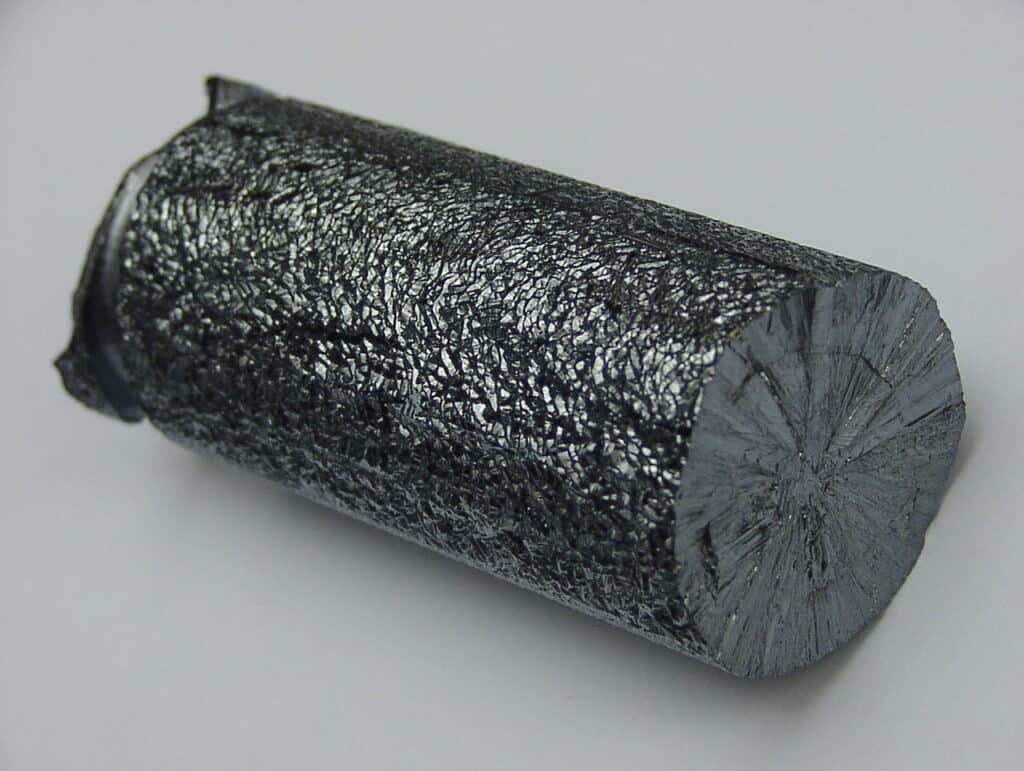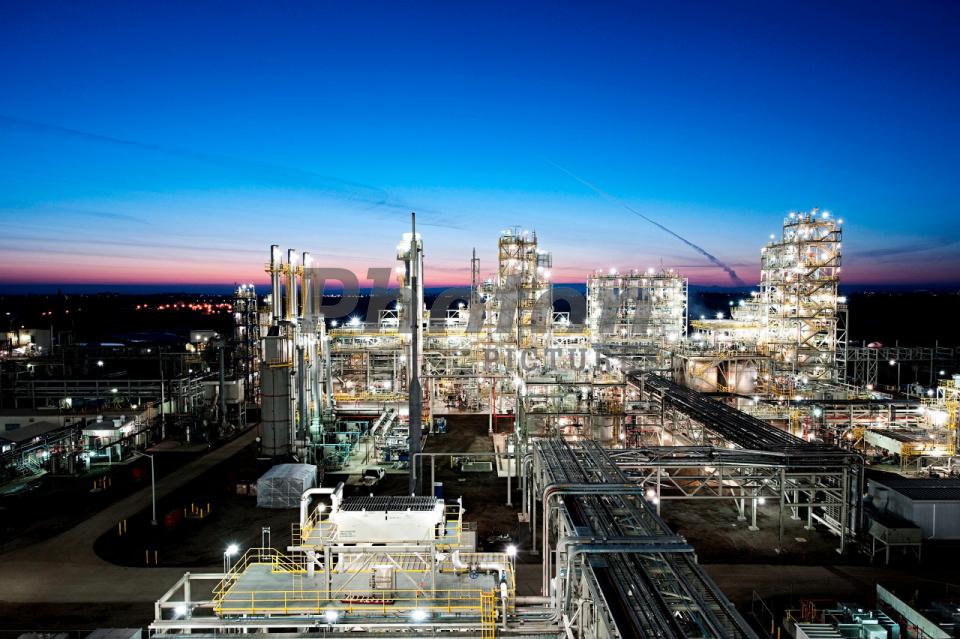Futuro Prossimo has an open and curious attitude towards the future when it comes to energy sources. This means, for example, that we are totally against fossil fuels but otherwise we do not join any party for or against. We are neither for nor against nuclear energy, nor for or against renewable energy (yes, there are also those who are against it).
Nevertheless, I cannot help but notice a large patrol of people who reject this form of energy under every post that deals with photovoltaics. And they reject it, saying it pollutes, almost as if it were worse than coal. This, forgive me, just can't be said. Among energy sources, solar has a very small carbon footprint: OK, most of the emissions come from the production of the solar panels themselves. However, once installed, the panels are virtually emissions-free: and over their lifetime they offset a significant amount of carbon dioxide emissions.
Open attitude, it was said. I confirm. This means that, given that solar has a reduced carbon footprint (get it?), there are certainly aspects that absolutely need to be improved.

Let's talk about polysilicon
The scenario is that of the USA. The topic is “polysilicon production”. And polysilicon, as you know, is the main component of photovoltaic panels. In the entire United States there are only 4 companies that produce it. One of these, REC Silicon, produces 16.000 tons of polysilicon per year. That would be almost 30% of all American needs. Two months ago REC Silicon was practically acquired by a Korean company, the Hanwha Solutions, who found it the majority stake.
The goal, however, is not to take polysilicon away elsewhere. On the contrary: it is to revitalize the solar market, creating a "born in USA" supply chain, from raw materials to finished products.
If the plan is successful, the US will be able to produce solar panels entirely by itself (Nice Shot for the Biden administration). And they will be able to do it in a significantly more environmentally friendly way than currently. Good, because making panels pollutes anyway.

How much does it pollute?
As mentioned, solar already produces the lowest carbon emissions of any source of energy throughout its entire life cycle, including production. Given the enormous growth of the entire sector (the largest of all energy sources), even these 'relatively small' emissions can add up to considerable numbers. How notable? Enough to reach the emissions figures of a large industrialized nation like France or Germany.
Uno recent study found that in a scenario where the world accelerates the use of photovoltaics, panel production can drive 25-30 billion tons of cumulative carbon dioxide emissions by 2050, helping us keep global warming to 1,5 ° C. And God only knows how much (at least they) researchers are trying solutions upon solutions. If we don't quickly embrace renewable energy sources like solar, we have little chance of reaching that climate goal. We can increase our chances by “cleaning up” the production of polysilicon, which alone constitutes half the climate impact of solar photovoltaics.
How to do? For example, using (just like REC Silicon) low-emission hydroelectric energy to power the production plant: in China, coal is used. Furthermore: a low energy intensity process can be used to purify the polysilicon (a process necessary for the panels to obtain efficiency), the so-called "fluidized bed reactor".
It can be done
Hanwha's investment can lead the USA to produce (at a competitive cost) even greener solar energy. In any case, apart from China which is still pushing the production accelerator with consequences on the environmental impact, throughout the rest of the world this is a direction already taken. The amount of electricity needed to refine a kilo of silicon for solar panels has reduced by almost 25% in the last 8 years. Ditto for the quantity of silicon needed in solar panels, ever thinner and lighter. And their efficiency constantly grows: + 50% from 1997 to today. More efficiency in a solar panel means less energy and fewer emissions to produce it. The benefit of starting more sustainable production for these energy sources always comes, sooner or later.
There are energy sources and energy sources
Businesses and governments are increasingly concerned about supply chain emissions. This means that any polysilicon manufacturer able to offer a greener product will have more and more advantages in the solar market. Provided, of course, that it adopts more efficient production processes and cleaner energy sources.
Even the end customer is more sensitive to the topic. For this reason, when someone turns their nose up at solar, however you think you must agree: solar photovoltaic already generates carbon emissions 10 to 20 times lower than fossil fuel energy sources such as gas and coal. If the "virtuous circle" of clean polysilicon is also triggered, solar will become fundamental.

